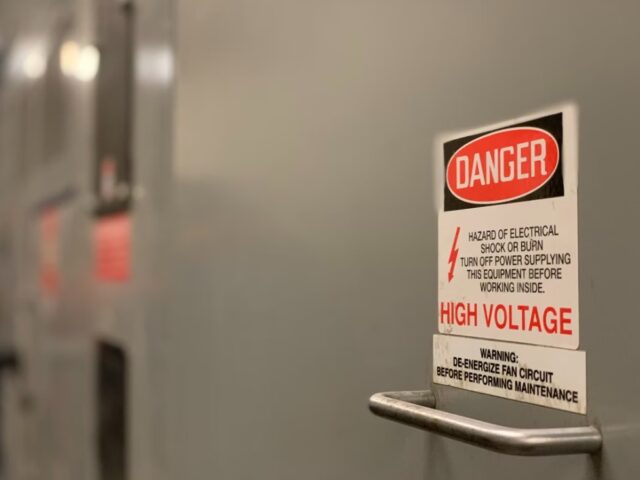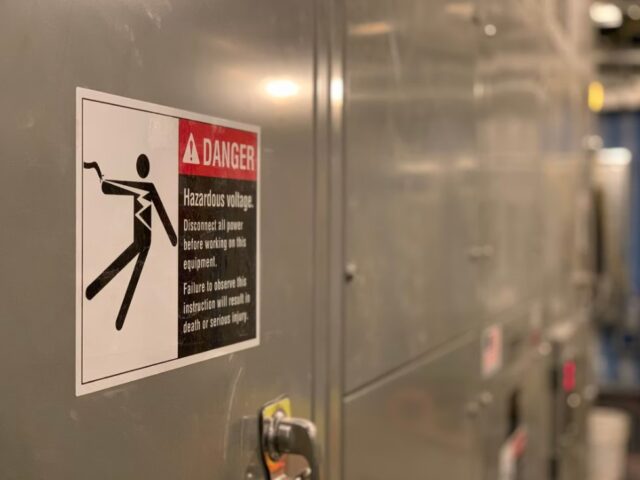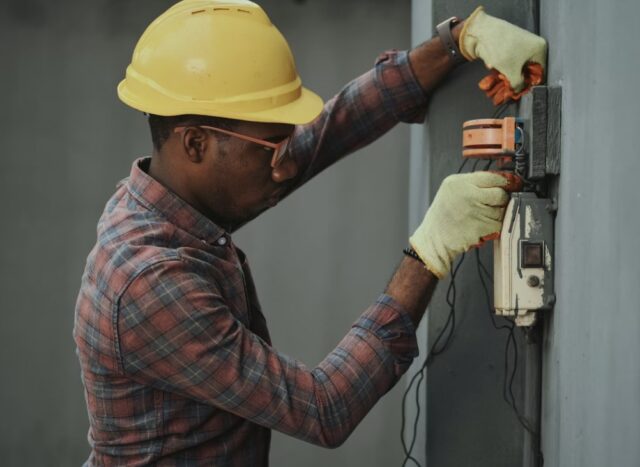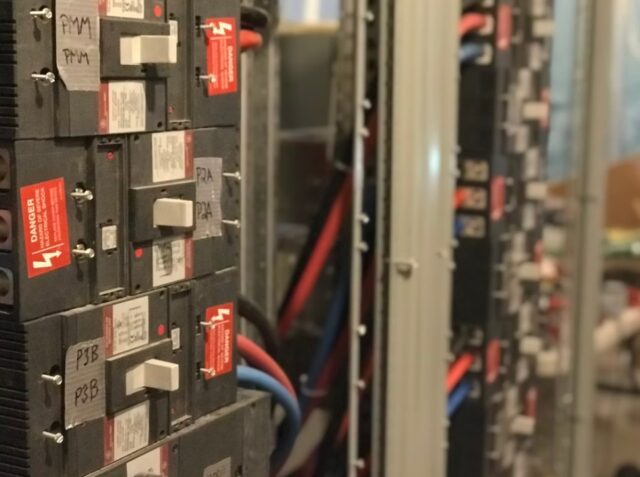
Mechanical and high-voltage installations can offer major safety dangers to industry employees. According to experts, electrocutions are amongst the main causes of deaths at the workplace.
Simple safety precautions and layout modifications may make a significant difference in every factory. Company managers can assist safeguard workers from frequent electrical dangers by implementing the correct program.
This tutorial will look at the dangers of electricity in manufacturing and other industrial settings. We will also offer advice and explain appropriate techniques for minimizing such hazards and preserving the health and safety of your workforce and guests.
Defining Electrical Safety

Electrical safety is a set of norms and methods designed to keep people safe from electricity. They are intended to guard against electrocution, arcing, and other typical electrical risks.
Nowadays, an increasing number of businesses are actively involved in electrical safety.
Because safety may influence the bottom line, wise firms emphasize it and make it a part of company culture. Electrical safety begins with being aware of potential dangers and identifying them.
Employees who conduct electrical work must comprehend the standards of the electrical safety policy, which include the capacity to spot electrical risks, safe systems of work, and methods for protecting against all these dangers.
Non-electrical personnel should also be educated to detect electrical risks and distinguish when electrical procedures are being conducted to avoid endangering self or their electrical counterparts. Having good quality absolute pressure transmitters is also paramount.
Evaluating The Workplace Safety Policies and Implementations

When revising safety requirements, manufacturing managers frequently begin with a site safety assessment. The majority of electrical mishaps are caused by worker mistakes or equipment faults. Incorrect installation, inadequate maintenance, or mishandling can all lead to equipment breakdown.
Factory management should tell the audit team to investigate these three things throughout the audit: dangerous worker practices, unsafe equipment, and a hazardous working environment. Personnel who are permitted to lockout machinery and manufacturing equipment should also be the ones who have the most frequent contact with electrical parts.
These employees should also be able to determine the type and volume of energy utilized in the workplace, as well as how to properly regulate and separate it. The audit is also an excellent opportunity to assess the expertise of all other manufacturing workers and determine whether any electrical safety training is required.
During the audit, it is also critical to examine enclosures and other critical electrical industrial components. When not in use, do all enclosures have adequate safety standards? Do all lockout/Tagout practices get executed correctly?
A assessment of hazardous equipment could also show layout concerns that are resulting in a hazardous workplace. For instance, you might find that an enclosure is placed in a way that it cannot be accessed without interfering with factory flow. While open for repair, the enclosure might endanger employees.
Best Work Practices For Electrical Operations

Learned how to manage these three variables can assist a company owner in mitigating some of the most critical dangers.
Unsafe employment practices will have to be addressed through improved staff education and training. If your firm does not have an electricity dangers training program, it may require one, particularly if the audit indicated that a lot of laborers engaged in risky practices near power and electrical components.
Before doing any electrical operation, personnel should examine the possible dangers in relation to the education they’ve obtained, the materials and protective gear they possess availability to, and the safety protocols they need to follow.
Effective practices education could potentially teach employees to recognize if equipment such as power sources, cables, and circuits are in excellent operating condition, as well as whether electrical connections are appropriately guarded to prevent exposure or arcing. Employees who are most vulnerable are frequently individuals who are allowed to implement lockout/tagout procedures, thus more training is required for them.
Also, you should incorporate electrical safety equipment that prevent unaccounted for situations like excess voltage. Consider installing high voltage circuit breakers and the highly reputable metal clad switchgear to cater for these concerns.
An Electrically Safe Culture

Establishing a safety culture within the organization will be the most effective strategy to ensuring that these practices are implemented on a daily basis. New employees will seek advice from more skilled colleagues and their immediate bosses. They are also prone to pick up on many of their superiors’ work practices.
If this personnel adhere to site safety regulations, incoming workers are more likely to do so as well. It will also be critical to providing the cost and time required to adhere to safety measures. Employees would be less inclined to cut corners if they know they should take additional time to follow these simple safeguards.
The Bottom Line
Working in manufacturing requires having appropriate equipment for both the safety of workers and the conducting of business operations. Consider installing appropriate equipment into your manufacturing plant to do so. Consider contacting piping, storage facilities, and an industrial globe valve manufacturer such as dombor.com to get the best deals available. Also, for your backup power, consider installing solar panels and the nec 690.12 premium rapid shutdown device to keep it safe.
Implementing safe systems of work will be a continuous endeavour as well. Regular audits can assist you in detecting possible safety hazards and determining compliance with site requirements. Continuous training should also be required — respectively, new workers and veteran staff members will require extra training to ensure the safety of their job.






